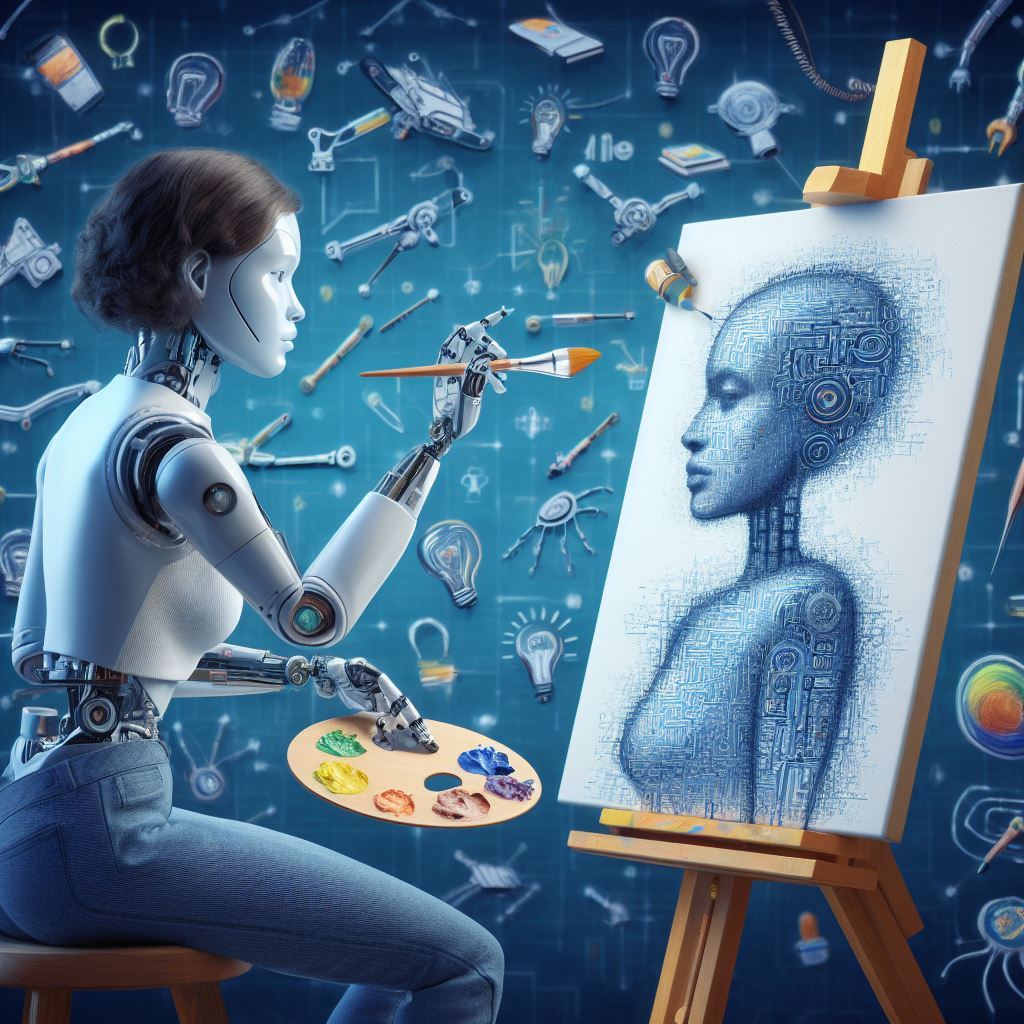The Murky IP Landscape of AI-Generated Inventions

Many of us who toil in the world of intellectual property (IP), understand clearly that the IP landscape has become quite murky because of the seemingly sudden rise of AI-generated inventions. (Hmmm…is it even possible to “understand clearly” that something is “murky”? I think so. I think it’s quite possible to understand that something IS unclear; however, it is much more difficult to make that unclear topic, clear. Anyway, moving on.) I thought it might make sense to do a quick recap of some of the questions/issues that are arising due to the rapid advances of AI systems capable of generating novel inventions and creative works. It’s sometimes difficult to stay on top of something that is evolving so rapidly. Therefore – admittedly simplified – here is a brief list of unanswered intellectual property questions creating our increasingly murky IP landscape:
- Patentability – Should the outputs of AI systems be eligible for patent protection? If AI is simply a “tool”, it cannot be named the inventor, but clarification is needed.
- Ownership – If an AI system creates a patentable invention, who owns it? The developer, trainer, or user of the system? This lack of clarity could hinder innovation.
- Infringement – If AI systems build upon existing works, are they infringing IP rights? Standards for transformative fair use must be set for generative models like DALL-E 2.
- Attribution – AI-generated content raises issues of proper attribution and plagiarism. Systems like GPT-3 are trained on copyrighted data – but to what extent is reproduction permissible?
- Trade secrets – Large language models are highly valuable and opaque trade secrets. But this “black box” approach impedes scrutiny around ethics, bias, and safety. Right to audit clauses may be needed.
- Licensing – The growth of creative AI is outpacing licensing frameworks. Open questions around technical and commercial deployment abound.
The Takeaway
As AI-generated inventions and creative works proliferate, IP policies and practices must evolve to keep pace. By proactively addressing areas of ambiguity, the IP community can foster responsible AI innovation. But unchecked gray areas also risk hindering creativity and market uptake of this groundbreaking technology. Since AI is not just impacting the realms of software, but is encroaching into all technological domains, it is imperative that ALL IP professionals stay informed and remain diligent in monitoring the rapid shifts in the now murky IP landscape due to AI-generated inventions.
